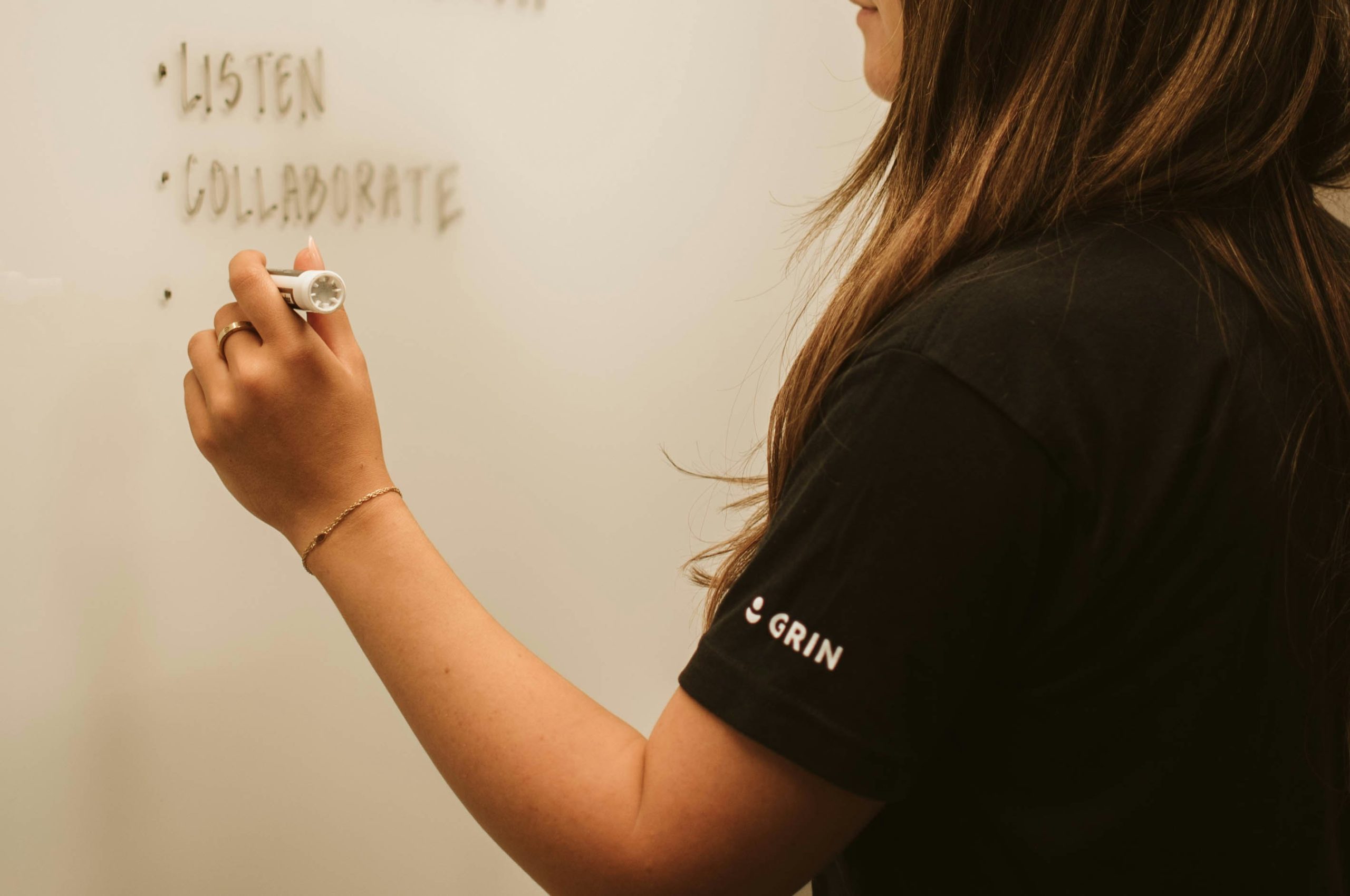Catherine Hurcombe speaks to Dr Jemima Dooley from the Department of Psychology about her experience of public engagement in her research, exploring best practice working with Patient and Public Involvement and Engagement (PPIE) groups, and using engaged research to create benefits for both participants and researchers.
CH: Would you like to introduce yourself?
JD: I’m Jemima Dooley and I’m a lecturer in psychology. Originally a lot of my work has been in health services research, but what I’ve been focusing on the last 3-4 years is University student mental health. And I’ve done a lot of public engagement throughout my career.
CH: So there’s a focus on lived experiences, particularly linked to wellbeing. What made you want to build this into the research process as co-production rather than straightforward dissemination?
JD: I think it stemmed from when dementia was my main focus. I felt there was a big disconnect between how academics and doctors talked about dementia and what people’s lived experience of dementia was like.
I worked with a colleague, Joe Webb at Bristol, who’d started forming quite close friendships with the PPI group that he had. We started working together in a much more co-production type way; they were three people with dementia who called themselves the Forget-Me-Nots. And I started seeing how through open discussion, they led to the projects being much more successful. From then on, I thought: this is what I’m going to do in every project.
CH: What would you say that those public perspectives have added to your research, in terms of affecting not just your research processes, but its content?
JD: One of the main examples comes from the Forget-Me-Nots. We wanted to explore people’s experiences after getting a dementia diagnosis, and they said that they wanted to give the people who took part something in return.
One of the Forget-Me-Nots, Harry, had taken up photography after his diagnosis and he said “why can’t we give participants a photography lesson? This could be a way that we collect data.” So we got a professional photographer in and encouraged them to really engage with the process, rather than just being a traditional photovoice method. And it was just a real eye opener: it wasn’t just what they were saying from a research perspective, but they were really getting a therapeutic value from each other.
CH: It’s easy to get caught up in the minutia of research, and lose sight of that bigger picture, if you’re not engaging with it on a day-to-day basis.
JD: Definitely. I felt that really strongly in the dementia setting. But you can see it in other settings as well. So for the public research we’ve done as part of the Nurture-U project, you’re sat with students and talking to them about how they really feel. And being in those conversations makes you come at things from a different perspective.
The impact of the student engagement in Nurture-U has been huge. We would be nowhere near as good at recruiting if we hadn’t had the students helping us, because, unsurprisingly, students know best how to talk to students.
CH: So you are often discussing quite difficult – and potentially traumatic – subject matters. How do you navigate those community relationships and the need for sensitivity when handling certain topics?
JD: At the end of the day, you do form relationships with people, but there’s only so far your relationship can go. There’s only so much you can help with. I don’t know whether there’s more I could be doing in terms of reaching out to people, I think that’s an interesting one. It’s hard knowing where these boundaries are!
CH: A lot of your work includes quite a big range of participants. Are there particular communities that you’d like to continue working with? Or other communities that you haven’t worked with before, but you’d be interested in building those relationships?
JD: That’s a good question. I’m almost ready to submit a grant application to build on the Nurture-U research with the post-school adult age group. You read so much about people saying, oh, yeah, this generation is this way because of this, and the more I talk to students, the more you can see that it’s much more complicated than that.
And I love working with older adults – I don’t think there’s anyone that I wouldn’t like to research! I think I’m just nosy. I like finding out about people’s lives and I almost can’t write research plans now before talking to loads of people about it, because I worry so much about making assumptions.
CH: So what would your advice be to anyone looking to bring that co-produced element into their research, particularly handling personal topics like health and wellbeing?
JD: The main thing you need is time to properly form a relationship with people. That helps with talking about difficult things because the more you build that trust, the easier it is for people.
The other thing is being transparent in terms of what you can do as a researcher, and that things might not happen the way that you wanted them to at the start. That’s a big part of research; it’s setting up those expectations.
That is one thing which I selfishly like about public engagement – at least I feel like I’ve helped the people who’ve been involved. Even though my findings are a drop in a huge ocean, in the process of doing the research, I’ve helped someone in some way.
Photo by GRIN on Unsplash

